Planting and caring for barberry
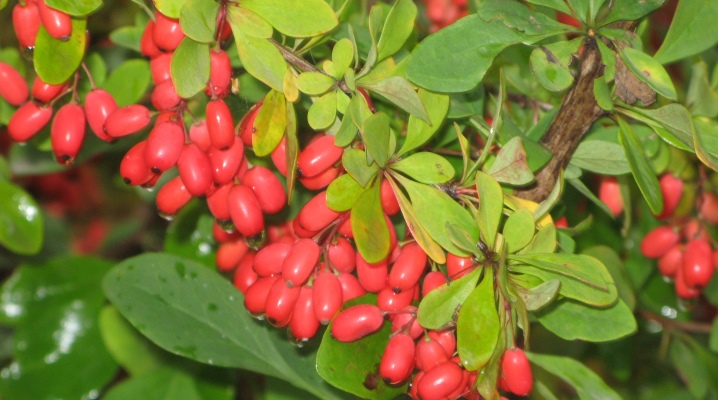
Among the numerous shrubs, it is worth paying attention to the barberry, which stands out for its beauty and striking appearance. Its popularity lies in the fact that the fruits of the culture are often used to make jams, hot and cold drinks. Barberry is used by culinary experts as a spice and as a decoration for pastries and cakes. To get a good harvest, you need to properly care for the barberry.


Disembarkation rules
Even a novice gardener can cope with planting barberry in open ground, since this ornamental shrub does not require special knowledge and skills, but it is worth taking a closer look at the nuances of planting.
This plant is represented by a wide variety - red-leaved, yellow, red, purple, so many gardeners want to see barberry in their summer cottage.
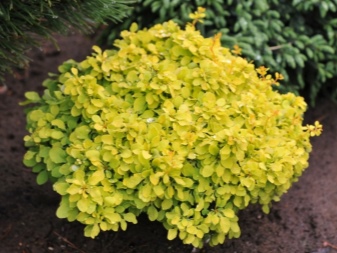

Optimal timing
Initially, you should pay attention to the timing of planting this plant. If we consider spring and autumn, it is better to give preference to spring planting, although one should not forget about the peculiarities of the climate of the area in which you live. For example, if the summer in your area is dry and hot, then you should ensure sufficient watering, since the barberry is a moisture-loving plant. If this is not a problem for you, then planting can be done in the spring. If it is not possible to make regular watering, then it is better to plant the barberry in the fall. It is worth waiting for the leaves to fall when the plants are preparing for hibernation. This option will be great for growing barberry in the Moscow region.
Barberry is an unpretentious plant, so it can be cultivated even in Siberia. The main thing is to create a moderate soil moisture and provide optimal lighting. The decorativeness of barberry does not depend on air temperature or humidity, fertility and composition of the land in which it grows.
If pruned regularly, then this amazing plant will grow quickly, bloom beautifully and bear good fruit in large quantities.
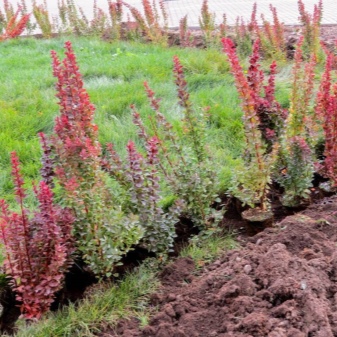
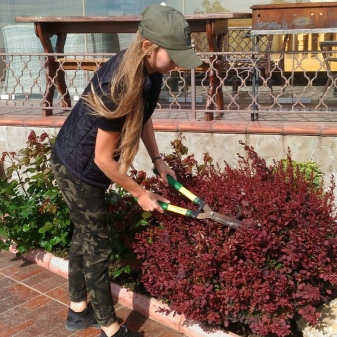
Seat selection
When growing barberry, it is imperative to take into account both climatic and weather conditions. You need to know what kind of lighting he likes, the acidity and fertility of the soil mixture, as well as the degree of moisture. If you live in an area with a mild climate, then you don't have to worry, because your plant will perfectly cope with both summer heat and winter cold, even growing on poor soils.
It is worth noting that barberry is a light-loving plant that grows well in the garden. In the sun, it will attract attention with purple foliage, but in the shade, the barberry does not feel so good - shading leads to a decrease in yield, and the fruits of the culture lose their amazing taste.
Barberry is best planted on neutral soil. The soil should include the following components: garden soil, humus and sand. You can use medium acid soil for growing barberry. If the soil has an acidity level of 7.0 pH and higher, then slaked lime must be added to the ground before planting the plant.
If groundwater passes near, then the root system of the barberry may begin to rot.

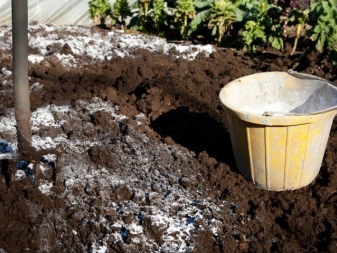
Favorable and unwanted neighbors
If we consider favorable neighbors, then, of course, it is worth noting the presence of conifers on the site.You can create exquisite compositions by combining shrubs with bonsai and garden flowers.
And here planting barberry next to fruit trees would be a gross mistake... It should not be near plums, pears or apples, because they will draw out all the nutrients from the ground, while the barberry will lack trace elements.
Of course, it is worth noting that the shade of these trees will also block the full development of the shrub.
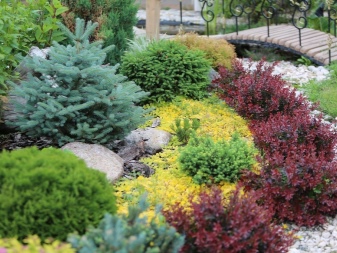

Instructions
To properly plant a bush, you should adhere to the following simple instructions.
- You need to dig a hole for planting barberry in about 10-14 days. Its size should be 50x50x50 cm. If you plan to plant several bushes, then it is worth keeping the distance between the holes 1-1.5 meters, but half a meter will be enough to create a hedge.
- Further, it is worth pouring some sand into the hole and laying drainage. After that, it is necessary to add a layer of mixed soil and humus, 100 grams of mineral fertilizer, which will include phosphorus - this will be enough to provide an additional source of plant nutrition.
- The seedling should be placed vertically in the hole and its roots should be carefully straightened, covered with earth, but only to the level of the neck of the root system, and then the soil should be slightly crushed to fix the bush.
- For mulching, organic material is used, because it will not only play the role of fertilizer, but also allow maintaining the necessary temperature and moisture for the normal development of the root system. Mulching helps to create an optimal air-gas exchange.
- In conclusion, it is worth watering the bush, as well as pruning the tops of the shoots - it is enough to leave only 5-7 buds for growth.
Barberry can be grown from seeds or from a branch, but this requires special knowledge and skills. We will explain in more detail below.
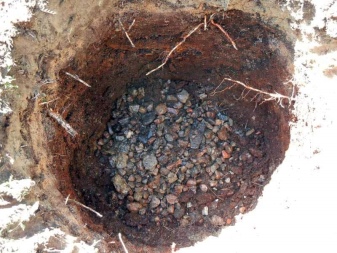
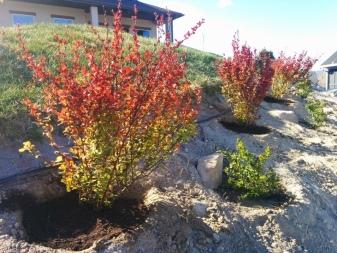
How to care?
It is worth noting that it makes no difference what type of barberry you grow - decorative or fruiting. Regardless of the variety, barberry is quite easy to grow, the main thing is to try it once. Consider the nuances of caring for him.
Watering
If your area receives a normal amount of rainfall, then the barberry does not need additional watering. It needs to be watered in summer in extreme heat. Experts recommend watering every day. It is worth using cold water and pouring under the root, while moisture should not get on the leaves of the plant. It is worth noting that young bushes need daily watering, regardless of the weather, until they completely take root in a new place.
Dryness is not dangerous for barberry, on the contrary, heavy and frequent rains can lead to rotting of the root system.
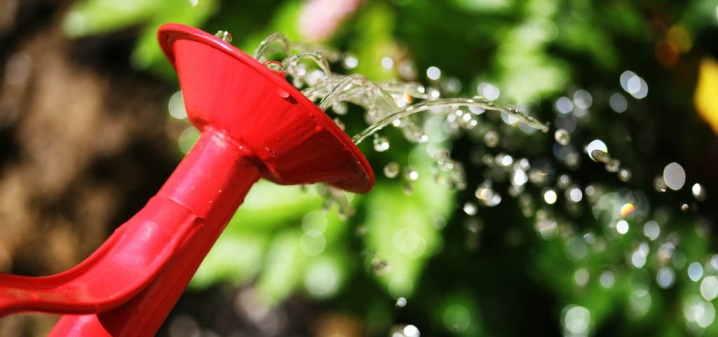
Top dressing
When planting, fertilizers are necessarily used (see above), and such a plant feeding will be enough for 1 year. Already next spring, the barberry should be fed again with nitrogen fertilizer - about 20-30 grams of urea will be required for a bucket of water. The next top dressing can be applied in 3-4 years.
If you collect barberry fruits, then the plant needs additional fertilizers with phosphorus and potassium., which should be applied immediately after flowering, as well as in late autumn. Each bush will require 15 grams of superphosphate and 10 grams of potassium. Fertilizer "Kemira universal" is perfect for these purposes. You only need 15 grams per bucket of water. Such a complex fertilizer should be applied in the middle of summer.
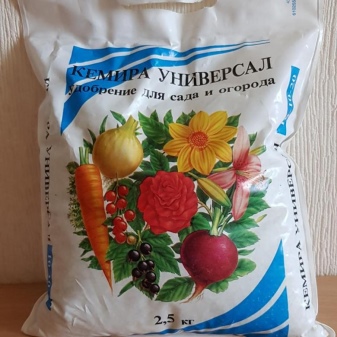
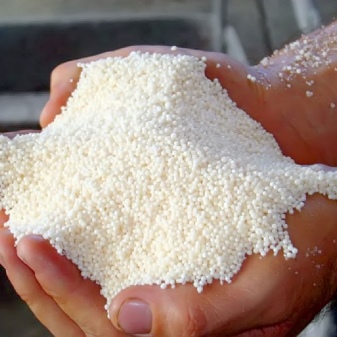
Weeding and loosening
It is necessary to regularly weed around the barberry bushes, removing weeds. Loosening of the soil deserves special attention.
To facilitate the work of loosening the area allocated for barberry bushes, it is worth mulching the soil with walnut shells, peat or sawdust.
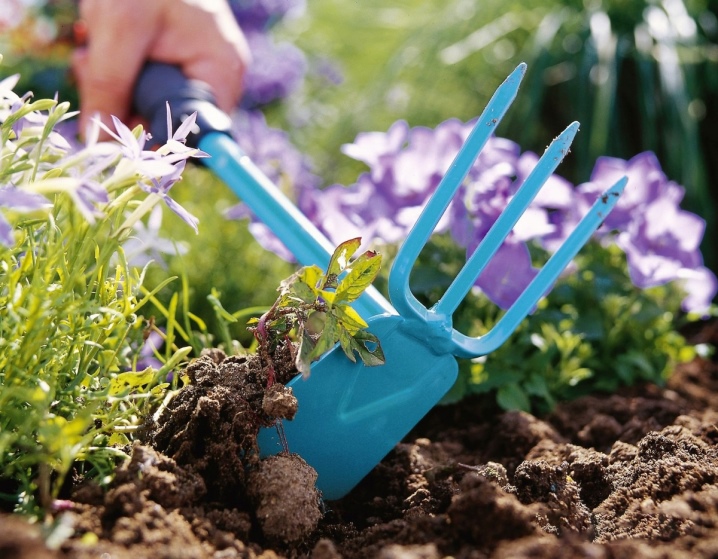
Pruning
Barberry, like many shrubs, requires pruning, which removes dry, weak and thickening shoots.The first pruning of a decorative bush is done in the spring 1 year after planting. In this case, the shoots should be shortened by about half. In the future, pruning is done twice a year - in June and August. Barberry needs not only sanitary pruning, but also formative.
If we consider undersized varieties, then they do not need pruning.
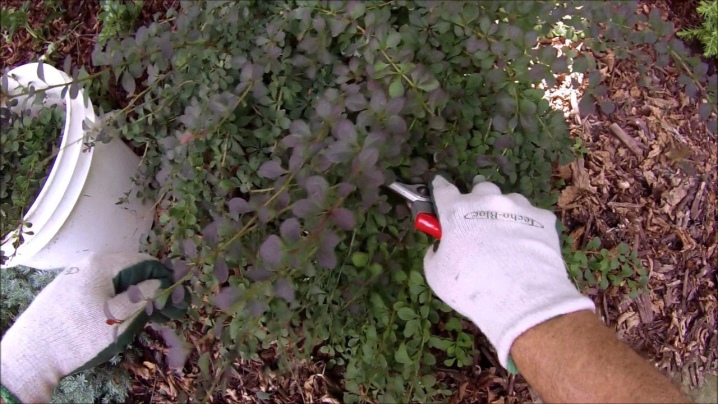
Wintering
In the fall, it is worth preparing barberry bushes for wintering, then next year they will delight with flowering and a rich harvest. You should initially bring beauty around the bushes by doing the following:
- remove all garbage;
- dig up the ground;
- apply top dressing using compost;
- carry out sanitary pruning;
- mulching with loose peat.
Bushes up to 5 years old are still afraid of frost, so they should be covered with spruce branches. A thorny bush should first be tied with a rope, made a box around, filling it with dry leaves, and wrap it with agrofiber on top.
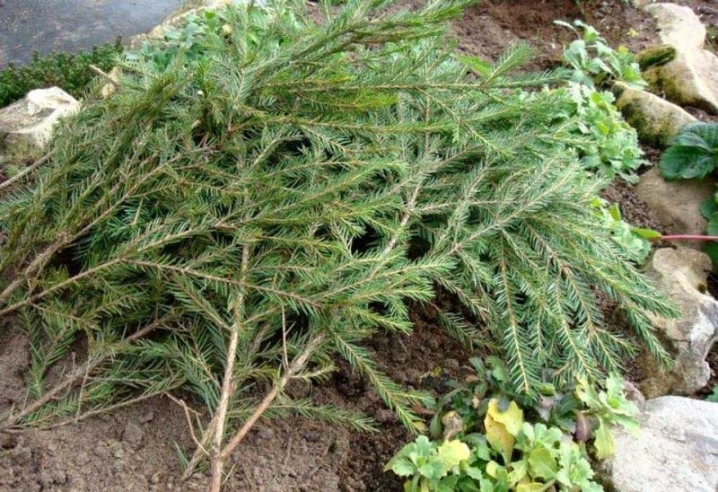
How to transplant?
As mentioned earlier, the plant can be transplanted to a new location either in early spring or late autumn, but it must be without foliage. After the spring transplant, the barberry bush will be able to reliably take root in the country until winter, but you should not expect beautiful flowering and fruit formation. An autumn transplant is possible only with a clod of earth.
If you want to transplant barberry from one place to another, then you should pick up a large and well-lit area.

The process of transplanting an adult bush is as follows.
- A cloudy day is chosen. If this is not possible, then on a sunny day it is worth digging a bush very early in the morning or late in the evening.
- The bush should be watered abundantly 1 day before transplanting, which will make it easier to clear the roots from the soil.
- You should dig in a bush around, then chop off a clod of earth with a shovel bayonet.
- The bush is gently lifted, and the roots are chopped off.
- Further, the bush is transferred to a new hole for planting (it can be transferred in linoleum, film or tarpaulin, because the plant is all in thorns).
- An earthy clod on the roots should be shed with a growth stimulant, for example, "Epin", and all cut sites should be treated with "Kornevin" for the fastest recovery from stress.
- Plants are lowered into a hole, covered with prepared soil, as well as peat or compost, to give the soil looseness and maintain the moisture level.
- After planting, you should definitely prune the shoots, while leaving 3-5 buds is enough.
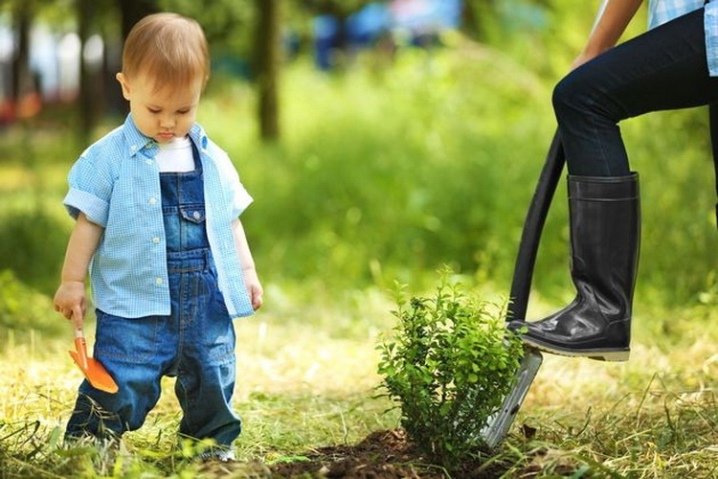
Growing at home
Barberry can be propagated in various ways, each of which has its own nuances that you should familiarize yourself with.
From seed
To harvest the seeds, you need healthy and beautiful fruits. It is worth removing the bones from the pulp and dipping them in a potassium permanganate solution for a few minutes, and then dry them. Seeds are usually planted in the fall. First, it is worth preparing a bed with a ready-made hole 1 cm deep.In the spring, seedlings will appear. When several leaves are formed on them, it is worth thinning, leaving the healthiest and strongest shoots. There should be about 3 cm between them. So they grow for several years, after which they can be transplanted to a permanent place of growth.

Cuttings
Cuttings should be prepared in early summer. All leaves from the bottom of the cutting should be removed, but the upper shoots are shortened in half. The stalk should be immersed for 2-3 hours in a remedy that stimulates root growth, for example, Kornevin or Epin. Next, they are thoroughly washed under running water. Cuttings should be planted in a special greenhouse, in which the soil is prepared from peat, humus, sand and fertile soil in a ratio of 2: 2: 1: 2. The greenhouse should be supplemented with a transparent removable dome. After 2 weeks, the rooted cuttings can already be planted in open ground, where they will grow for two years, after which they can be transplanted to a permanent place of growth.
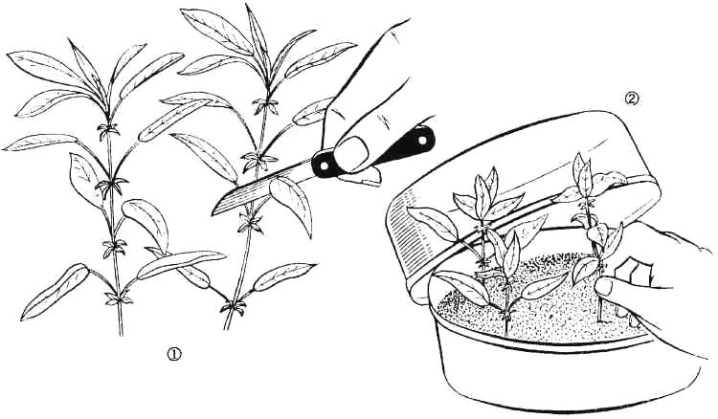
Layers
In the spring, you should find a strong one-year stem among the lower branches. It should be pressed to the ground, while it should plunge into a groove no more than 20 cm deep; the stem should be fixed, and soil should be poured into the groove. The top of the shoot should be above the ground. Already in the fall, the rooted cuttings can be safely separated from the parent plant and planted.
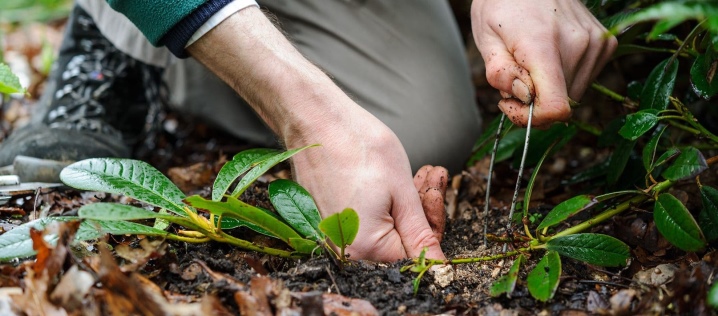
By dividing the bush
This option is often used for low-growing varieties of barberry. The plant must be an adult over 5 years old. The division is done in the spring. The bush is dug up, divided into identical divisions. Usually, not only a pruner is used for cutting, but also a garden saw. With the help of crushed charcoal, all cuts are processed. Further, the delenki can be seated in different places.

Diseases and pests
Barberry suffers from many insects and diseases. The fight against them should always be in the first place, then the barberry will delight the eyes with beautiful flowering and a rich harvest. Among the harmful insects, it is worth noting the flower moth, sawfly and aphids. If the leaves begin to wrinkle and dry out, you should take a closer look at the appearance of aphids. The moth is dangerous specifically for the barberry berries, since it eats them up in the first place.
To get rid of aphids, you need to prepare a special solution of laundry soap. So, 10 liters of water will require 300 grams of soap. To destroy the sawfly and moth caterpillars, a 1% solution of "Chlorophos" is used.
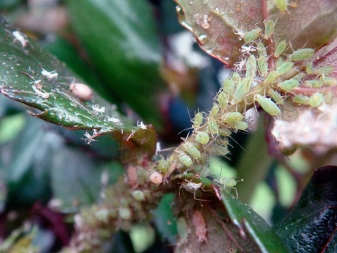

It is worth noting and fungal diseases, which can hurt the barberry shrub.
- Powdery mildew. It manifests itself as a white bloom that appears on leaves, fruits and shoots. Already in the fall, cleistothecia are noted, it is in them that the fungus survives the winter perfectly. For the fight, treatment of the affected areas with a 1% solution of colloidal sulfur is suitable. Severely affected parts of the shrub should be cut off and burned.
- Rust. This disease occurs on bushes that grow near cereal fields. Bright orange spots appear on the leaves of the plant, and convex orange pads appear on the lower side. With a strong infection, the leaves begin to dry out and fall off. To remove rust, it is worth using a 1% solution of colloidal sulfur or Bordeaux liquid, and several times every three weeks.
- Bacteriosis This is the so-called bacterial cancer. It manifests itself in the form of cracks, swelling and growth. If the upper part of the shoot is damaged, then it must be removed, but if the cancer is near the central trunk, then the bush cannot be cured.
- Leaf spot. The leaves of the plant are covered with spots of various shapes. Treatment with copper oxychloride should be used - take 30-40 grams of substance per 10 liters of water. Processing must be done before and after flowering. Healthy parts of the plant should be treated with Bordeaux liquid or another copper-containing preparation.
- Withering. This disease manifests itself in the fact that the leaves and shoots become lethargic and dry out. To prevent infection of the entire bush, the disease should be timely identified and removed the damaged parts of the plant. For the treatment of the bush, it is worth using Bordeaux liquid or copper oxychloride.
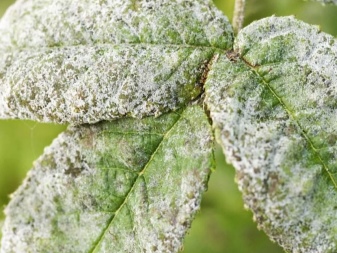
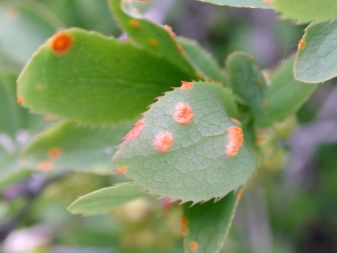
For planting and caring for barberry, see the next video.






























































Great recommendations! Everything is clear, clear and understandable. Thanks.
The comment was sent successfully.